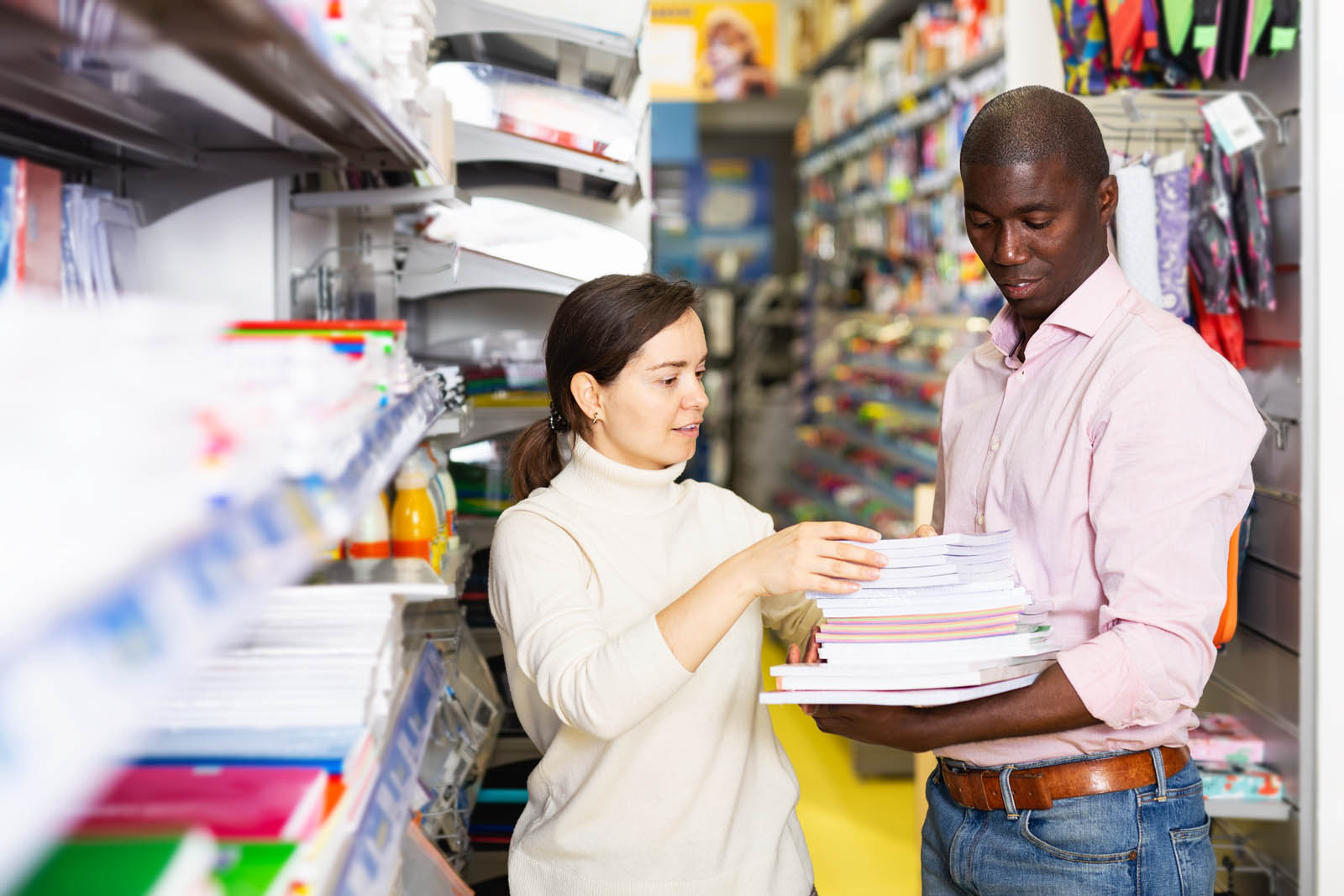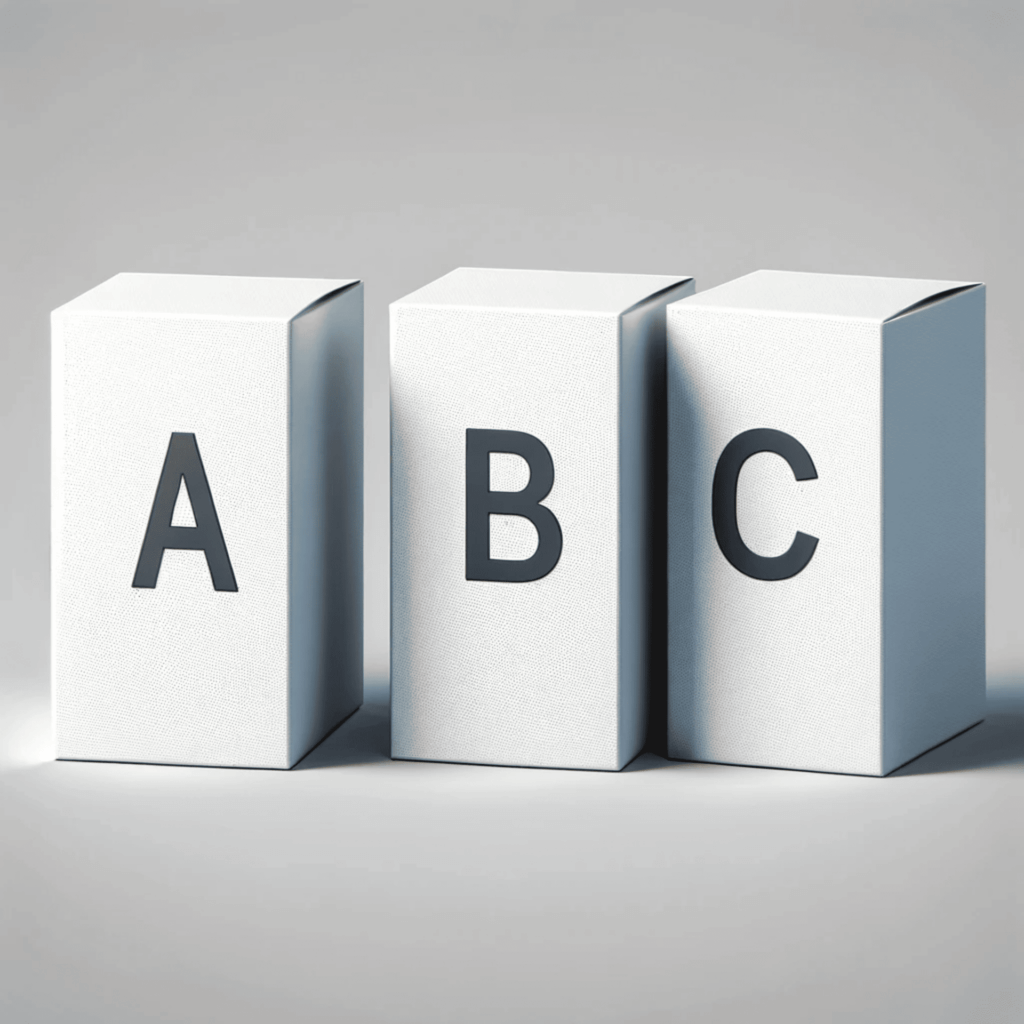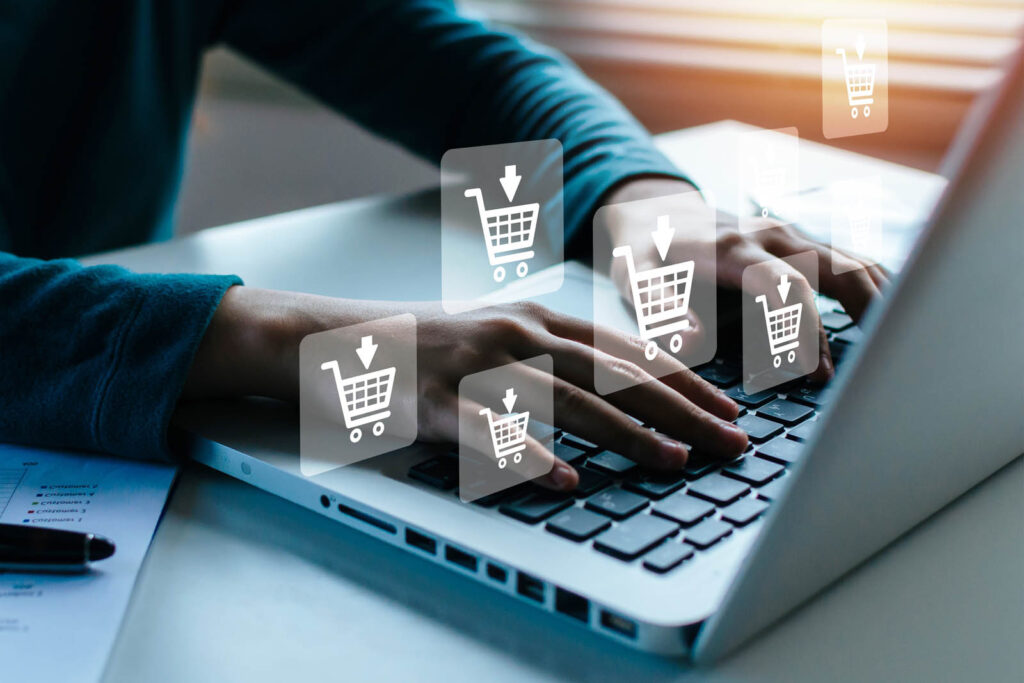
Case Study
Leveraging Interactive Surveys for Packaging Renovation at a Major Office Supply Company
overview
A major office supply company was preparing to embark on a packaging innovation initiative to modernize the look of their products in stores.
Due to a sudden rise in private label options and competing national brands entering the category, they wanted to develop new packaging that stood out on shelf and clearly communicated unique product benefits. Given the substantial investment required to redesign all product packaging, it was critical that the company first understand how packaging changes could impact product findability and sales.
Given COVID-19 restrictions, in-person research was off-limits. So, C+R developed a quantitative online survey to mirror in-store purchase behaviors and get the team the insights they needed.
THE PROBLEM
Understanding In-Store Impact Without In-Person Research
An office supply company wanted to gauge the in-store impact of a potential packaging change but, due to COVID-19, couldn’t conduct in-person research. The team was particularly interested in understanding how new packaging could impact overall sales and key product findability. They also wanted to test how well their new packaging communicated key product features and claims.

OUR APPROACH
Using a Robust Online Quantitative Survey to Mirror In-Store Shopping Behaviors
C+R’s analytical team developed a robust online quantitative survey that mirrored in-store shopping behaviors to help our client understand the potential impact of a packaging change.
Our interactive and gamified survey made category shoppers feel like they were in-store making decisions. Recent category purchasers “shopped” a virtual shelf with 21 products that included a mix of competitor items and our client’s key products. Category purchasers only shopped one of two virtual shelves – either a shelf with the current client’s packaging or a shelf with the new packaging. Category purchasers were asked to purchase a specific number of items from the shelf. To determine ease of findability, category shoppers were also tasked with finding a specific product on-shelf. Our survey tracked the number of minutes it took for category shoppers to peruse the shelf and correctly find items – providing additional data for our findability analysis.

The result
Attention-Grabbing, Modern, and Easy to Understand
Our research showed that a new packaging innovation initiative could increase sales of the product category – and take share away from key competitors – while communicating key product benefits.
We found that shoppers spent significantly more time on our client’s key products when shown the new packaging versus the current packaging. Additionally, both revenue and total units purchased for competing products were lower when our client’s new packaging was part of the virtual shelf.
Survey results also indicated that customers found the new packaging more unique than the current packaging and felt that it fit well with the brand. The new packaging was described as attention-grabbing, modern, and easy to understand. Category shoppers also agreed that the new packaging made it easier to find key products on the virtual shelf.
Based on the research, we recommended our client confidently move forward with the new packaging and start reaping the benefits of increased findability, improved communication, and attention-grabbing aesthetics!


proven experience
related case studies
